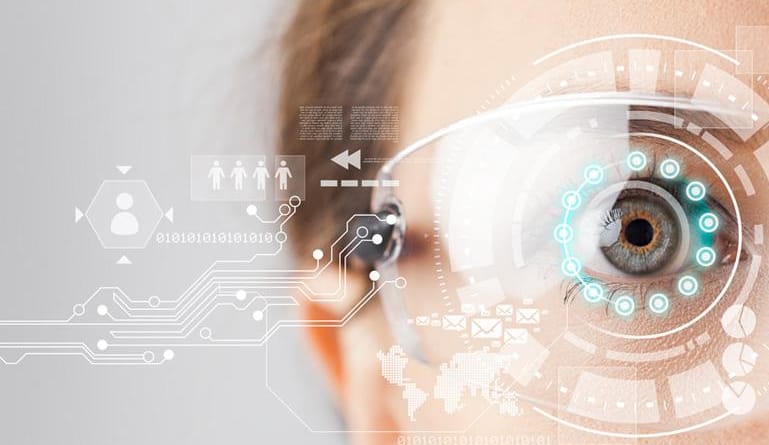Could your marketing use some AR inspiration?
Here are some of the most creative ways to use augmented reality in your marketing campaigns.
Augmented reality, or AR, is a fun, interactive technology that marketers have been fast to adapt to help their businesses. With the ability to let users see how products might work or look in their day to day life just by using their smart phone or tablet, augmented reality applications have changed the marketing landscape. Now companies can offer digital product demos and custom experiences that set them apart from their competitors.
Here are some real-life examples from businesses that show ways to use augmented reality to enhance marketing campaigns and create a buzz around products.
Snapchat Partnerships
One cool, popular platform people have used to showcase their AR technology is Snapchat. Brands have flocked to this platform to create custom filters and lenses that users can play with, creating a fun buzz for their brand. Medium shared an article of some of the best augmented reality examples of brand marketing using Snapchat, including Taco Bell lenses and Disneyland geo-filters.
Furniture Brands
Another example of AR marketing done right was done by Anthropologie. Furniture is a really good space for AR marketing to connect to customers. Phone and tablet cameras allow you to use a custom app to see how furniture might look in the space that the camera is focused on, so you can “see” chairs, tables, couches, beds, and more to scale in your very own space. It’s great for interior designers, new homeowners, decorators, and even office planners. Anthropologie created a custom furniture library that not only allowed users to see the furniture pieces in their space, but allowed them to customize the pieces with the colors, fabrics, and styles that furniture was available in.
Makeup Industry
Makeup has been a great industry for AR. Companies like MAC Cosmetics have used AR technology to build an in-store “try on mirror” for customers to see how their products would look applied without purchasing samples or any other products, or even putting any real products on their skin. If customers love a product, they’re already in the store, ready to buy.
L’Oréal is another cosmetic brand that uses AR to showcase how their products look on potential customers. Their MakeupGenius app claims users get “an instant makeover using real products and real inspiration. The app uses your phone’s camera and one-of-a-kind technology that recognizes your facial characteristics to ensure a seamless virtual makeup application experience.”
Retail and Apparel
What if you could try on clothes without those uncomfortable dressing rooms? AR technology is being used by certain clothing retailers to help with that. Converse allows you to try on shoes with embedded share technology so you can share with friends on social media to help make a decision or get an opinion. Gap designed an app that has users add their dimensions and details to create a mannequin that appears on their screen that they then dress to get a feel for how the item might look on the user themselves.
There are plenty of ways to use augmented reality across industries. Has your brand experimented with augmented reality technology for marketing? What brands do you think have done it best?





